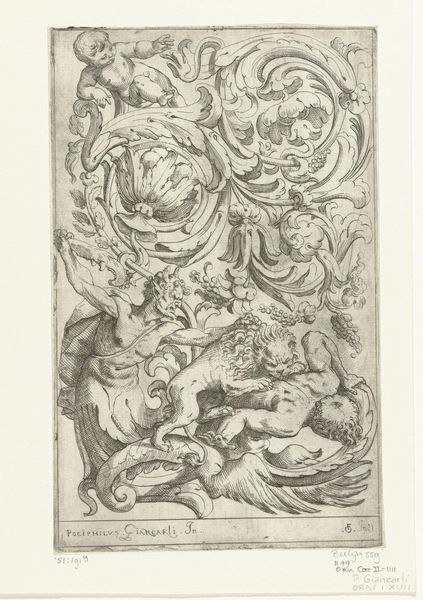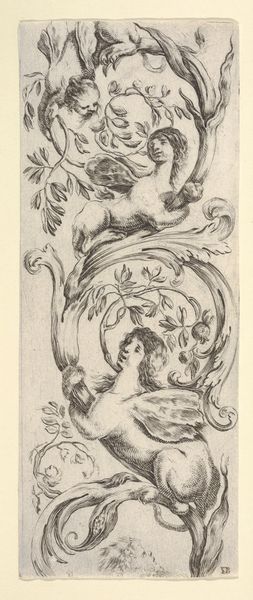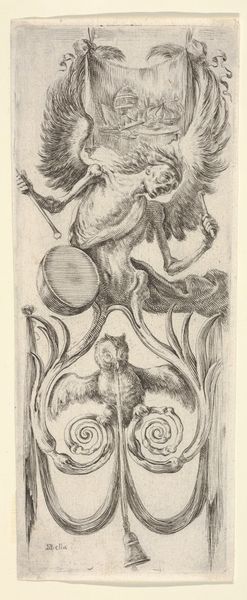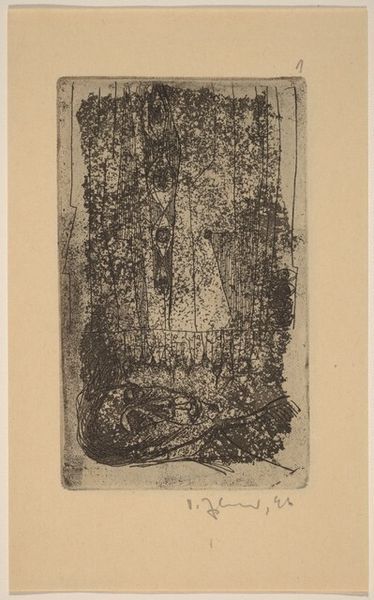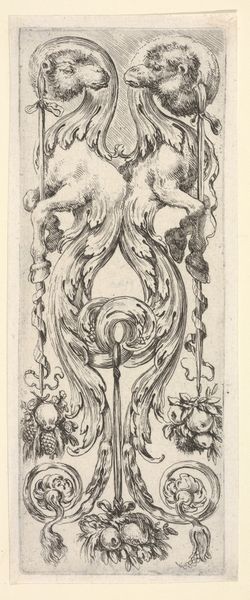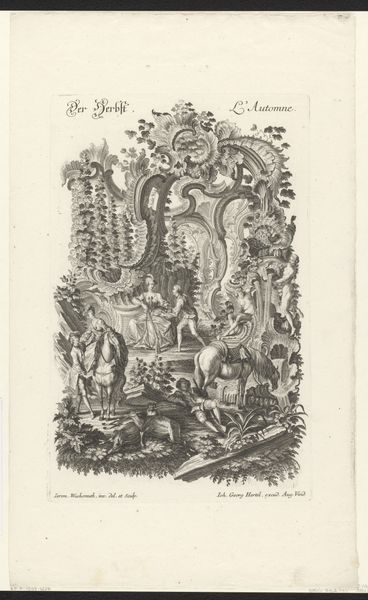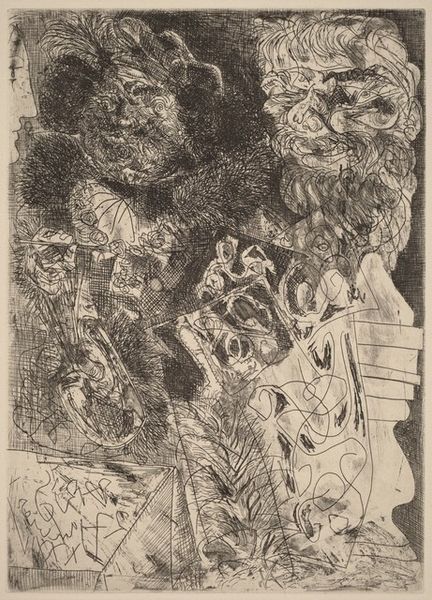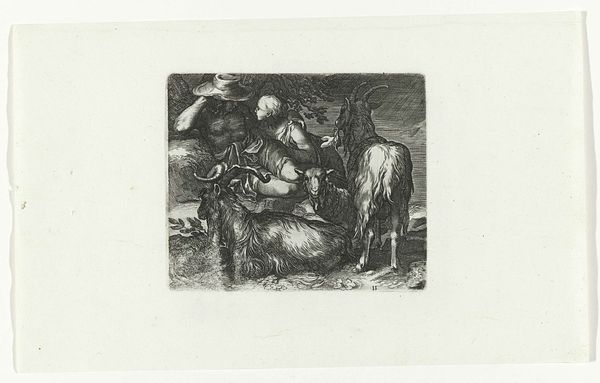
Veertien verschillende koppen van mannen, vrouwen, dieren en mascarons 1638
0:00
0:00
print, etching
#
portrait
#
baroque
# print
#
etching
#
figuration
#
group-portraits
Dimensions: height 115 mm, width 81 mm
Copyright: Rijks Museum: Open Domain
Curator: Here we have Bartholomeus Breenbergh's "Veertien verschillende koppen van mannen, vrouwen, dieren en mascarons", dating back to 1638. It’s an etching, a printmaking technique involving corrosive substances to produce the design. Editor: It's a strange, dreamlike cluster. My first thought? Organized chaos, I suppose, and just a bit unsettling, as if peering into the collective unconscious. There's something ancient and modern at play here, almost humorous with those owl-like faces. Curator: "Organized chaos" is an astute description. Looking at the printmaking, the process is revealing. Breenbergh utilized an etching needle to draw into a wax-coated metal plate, immersing it in acid, where the exposed lines are bitten into the metal. We see a great deal of craftsmanship at play, a highly refined process to achieve this layered and surreal effect. Consider the labor that went into pulling each individual print. Editor: Absolutely. I'm really seeing all those tiny scratches. The material tells its own story here. But beyond the craft, it’s more than the sum of its parts—it evokes a mood. Each little face or mask, emerging from the shadows... Curator: These were uncertain times, remember. The print emerged during the Dutch Golden Age, amidst immense social and political upheaval, with The Eighty Years’ War still fresh in peoples' minds. It represents not only a commercial artistic endeavor, but it probably also reflects some cultural anxiety from a society struggling with conflict. This makes a point to those boundaries blurred in high art and commercial work, questioning hierarchy through repetition and access to art. Editor: That certainly resonates, especially the blurred faces. It makes me think about fleeting moments and memories—the indistinct people that inhabit them. Even those animal forms feel somehow very human. The image is strangely profound. Curator: I think so, too. We often focus on the aesthetic accomplishments, but it is essential to look into materials, labor and historical conditions to enhance art’s historical contexts. Editor: Well, whatever its history, it really gets under my skin. Now, if only I could figure out what it's all trying to *tell* me. I suppose that’s the magic.
Comments
No comments
Be the first to comment and join the conversation on the ultimate creative platform.
